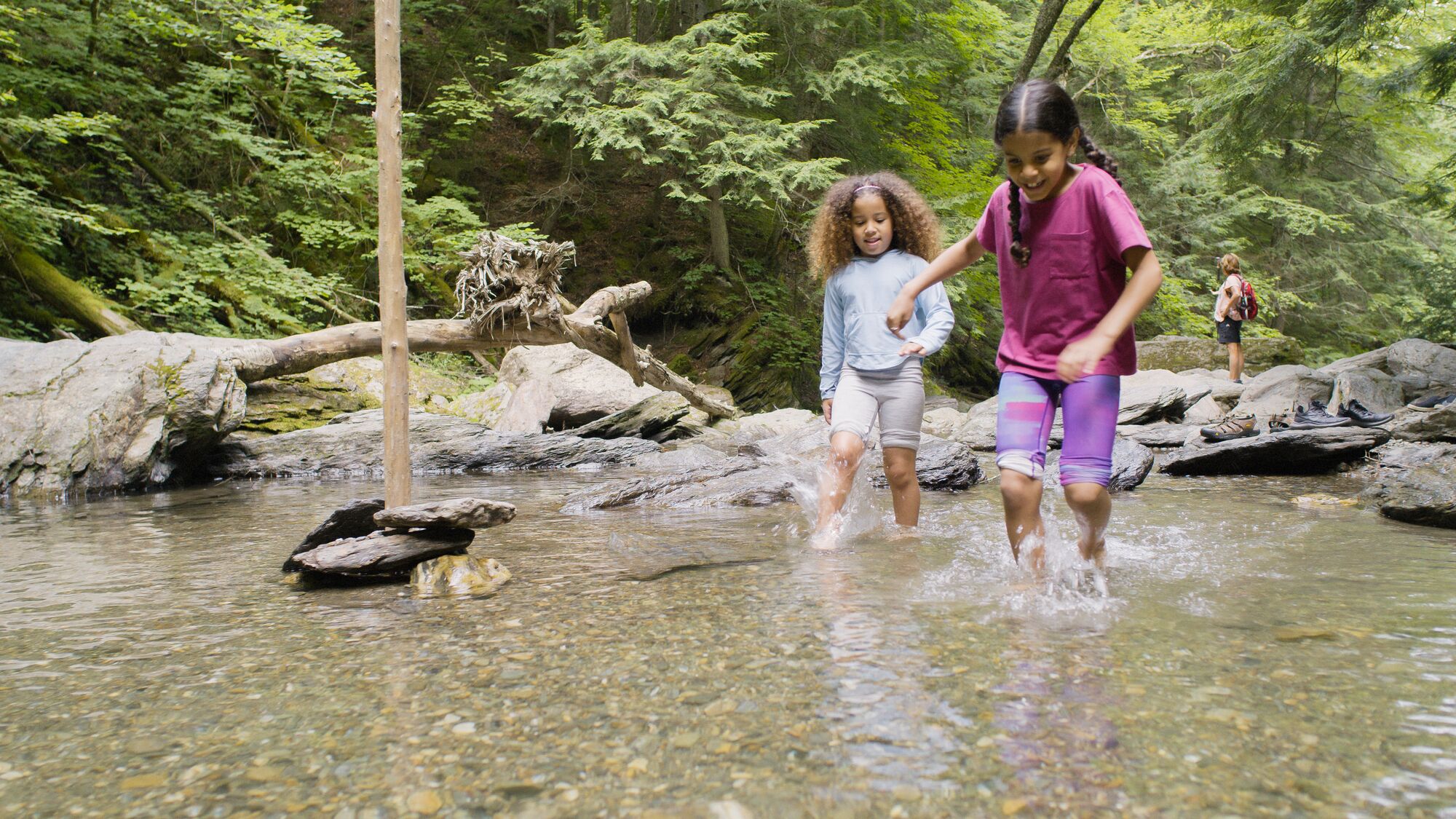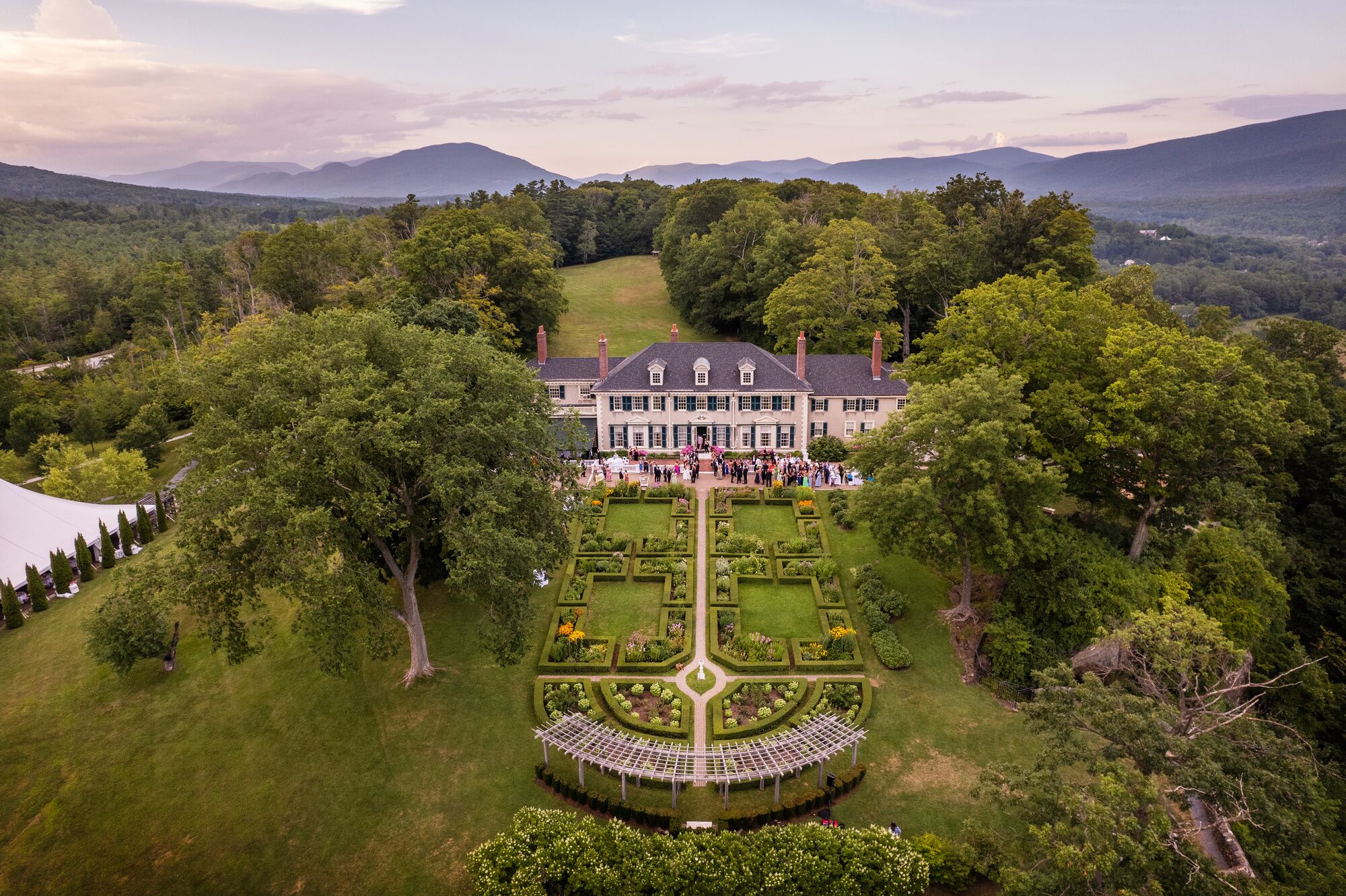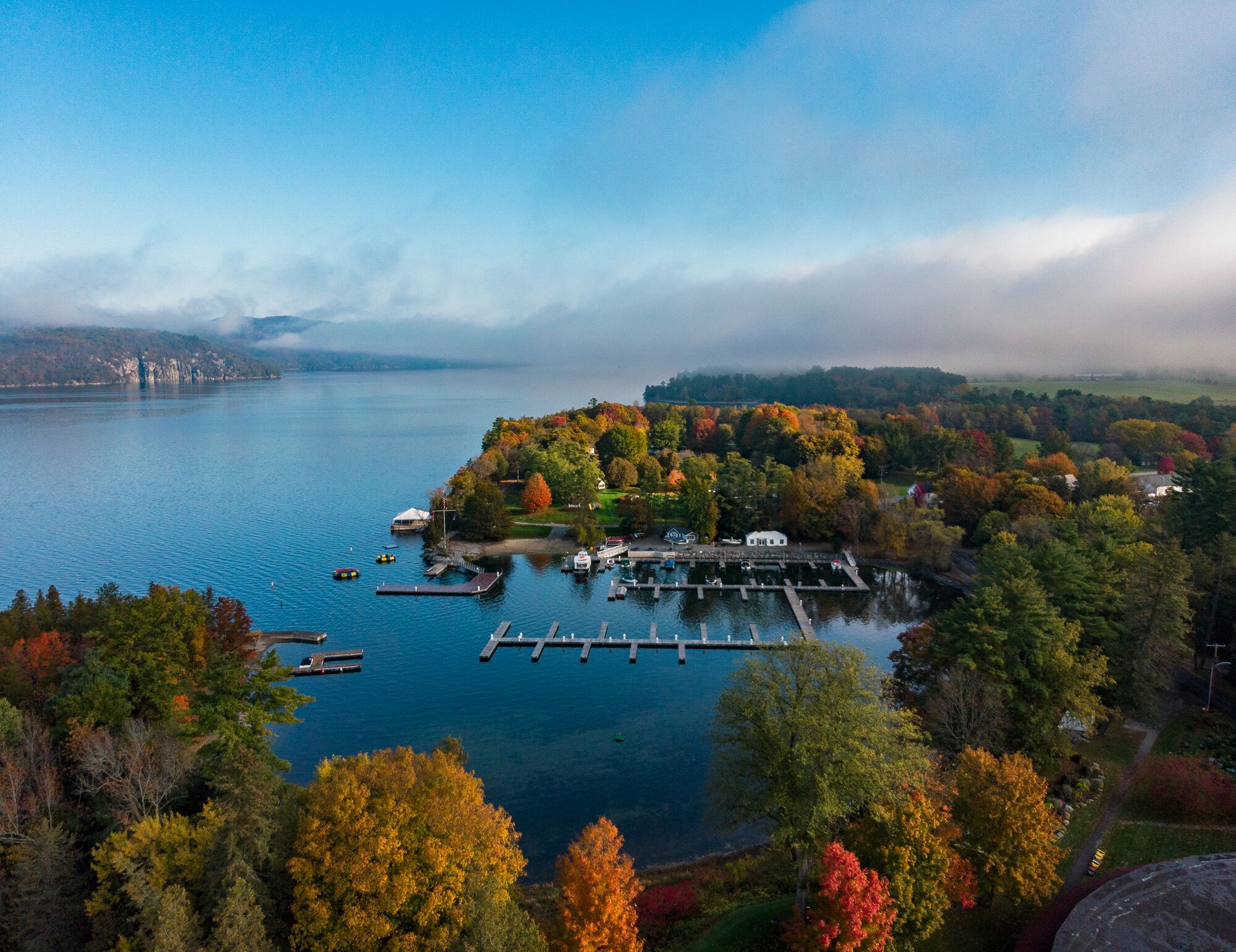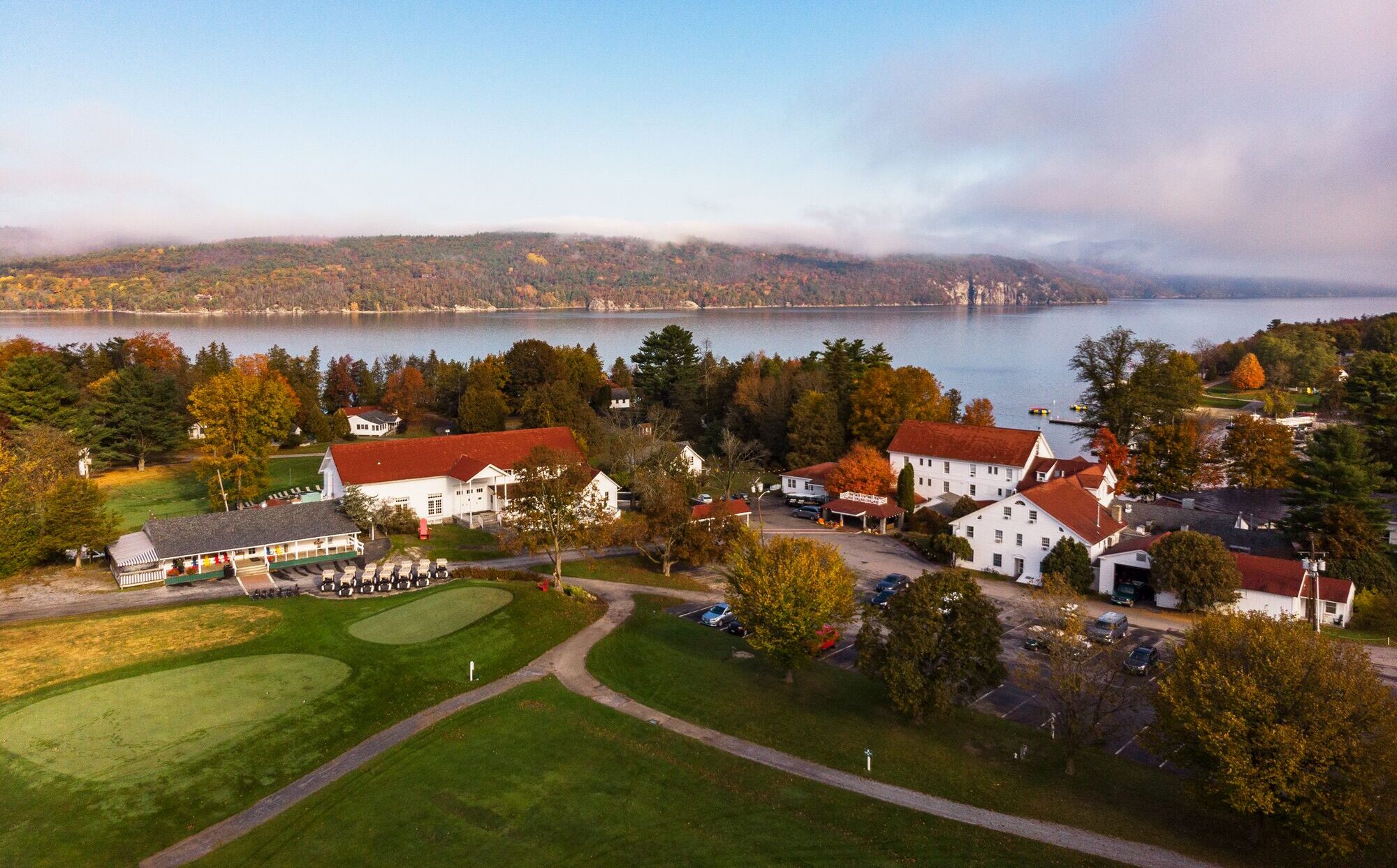Upper Connecticut River Valley

Upper Connecticut River Valley
Flowing down from the Northeast Kingdom, the Connecticut River curls into an oxbow at the village of Newbury, then descends through farms and forest, past towns that first sprang up when this river “highway” was the Interstate 91 of its day. These settlements in the Upper Connecticut River Valley region would give us an important inventor and a visionary congressman; early conservationists who are now celebrated in Vermont’s only national park; and tinkerers who tried a new way to get up a hill, and launched the state’s ski industry.
Yet the riverbank was home to a thriving population long before boats of pioneers arrived from southern New England. Here, the Abenaki found rich fishing grounds and lived in a year-round community near present-day Newbury. Later, this land gave settlers both sustenance and wealth—and not just from farming. By the early 1880s, the town of Vershire produced most of America’s copper. Decades earlier, Samuel Morey of Fairlee experimented with steamboats on the Connecticut River, predating the work of Robert Fulton, and launched a boat powered by internal combustion on the jewel-like lake in Fairlee that is now named for him.
Over in Strafford, you’ll find the picturesque Gothic Revival home of Congressman (and later Senator) Justin Smith Morrill. This State Historic Site invites visitors to learn about the Vermonter who wrote the Land Grant College Act, which helped states establish schools of higher learning through the sale of federal lands. Lovely in their own right, the Morrill Homestead’s verdant grounds and garden host a “Gallery in the Garden” art show that’s a summer highlight of the region’s culture calendar. In fall, visitors enjoy the old-time fun of the 19th-Century Apple & Cheese Harvest Festival.
Across the river from New Hampshire’s Dartmouth College, the town of Norwich clusters around a handsome village green that is bordered by one of Vermont’s most eclectic general stores, Dan & Whit’s. Food, hardware, stationery, toys—it’s all here, along with red suspenders. Nearby, the Norwich Bookstore is one of New England’s finest independents.
Founded in 1790, America’s oldest flour company moved to Norwich in 1984. It flourishes today as the King Arthur Baking Company, which is a destination for much more than flour. Cooking classes, a shop filled with baking supplies, and a bakery known for fine breads and pastries all help bring food lovers to King Arthur’s scenic campus. Norwich is also home to the Montshire Museum of Science, set on a trail-laced property beside the Connecticut River. The museum is endlessly kid-friendly, with cleverly organized hands-on exhibits.
Just south in Hartford, the village of White River Junction is an old railroad hub that’s become a model for quirky reinvention. Its compact downtown bustles with ethnic restaurants, artisans’ galleries, and vintage-clothing shops. The historic Briggs Opera House is the Junction’s popular venue for community theater and live music.
From Hartford, Route 4 leads south and west across Quechee Gorge, which at 165 feet is Vermont’s deepest. Quechee State Park surrounds the gorge, and trails descend to the Ottauquechee River at its bottom. Prefer going up to going down? Adventurous travelers who book far in advance might snag a thrilling ride into the skies during the annual Quechee Hot Air Balloon, Craft & Music Festival, the longest-running hot air balloon festival in New England.
The Ottauquechee River also flows through Woodstock, a town that has often been called Vermont’s loveliest. From the busy village center—with its tidy oval green, stately homes, and historic Woodstock Inn—it’s a short hop across the river to two engaging attractions. Billings Farm & Museum is a treasury of antique farm equipment and heirloom-breed animals as well as a working dairy, carrying on a tradition dating to the prize Jersey herds of Woodstock native and railroad tycoon Frederick Billings. Billings’s other great interest was the sustainable forestry practices promoted by Vermont author George Perkins Marsh, an interest that was later shared by environmentalist Laurance Rockefeller. All three men are commemorated at Marsh-Billings-Rockefeller National Park, where Rockefeller’s former 550-acre estate is now a preserved landscape of woods and meadows.
And that ski lift innovation? A rope tow, the first in the United States, was installed on a hill near Woodstock in 1934. It was the ancestor of all those high-speed chairs and aerial gondolas that help make Vermont a winter-sports capital. Today, the ski area that first sprang up from this innovation, South Pomfret’s Saskadena Six, has more modern ways to whisk skiers to the top—but youngsters can still grab on for a ride at Northeast Slopes, a cozy community ski hill in East Corinth whose rope tow has been going strong for more than 85 years.
Top Picks by Season from Yankee Magazine
Things To Do In the Upper Connecticut River Valley
Spring
Quechee Gorge
Quechee
King Arthur Flour
Norwich
Billings Farm
Woodstock
Farm Dinners at Cloudland Farm
Pomfret
Main Street Museum
White River Junction
Read More
Summer
Fairlee Drive-In
Fairlee
Quechee Balloon Festival
Quechee
Marsh-Billings-Rockefeller National Park
Woodstock
Long Trail Brewing Company
Bridgewater
Woodstock Mountain Biking
Mt. Peg, Saksadena Six
Read More
Fall
Forest canopy walk/VINS
Quechee
Apple and Cheese Festival at Justin Morrill Homestead
Strafford
Taste of Woodstock
Woodstock
Barnard General Store
Barnard
Main Street Museum
White River Junction
Read More
Winter
Ice Skating
Lake Morey
Skiing
Northeast Slopes Community Ski Hill
Montshire Museum of Science
Norwich
Northern Stage
White River Junction
Downtown Woodstock
Woodstock
Read More
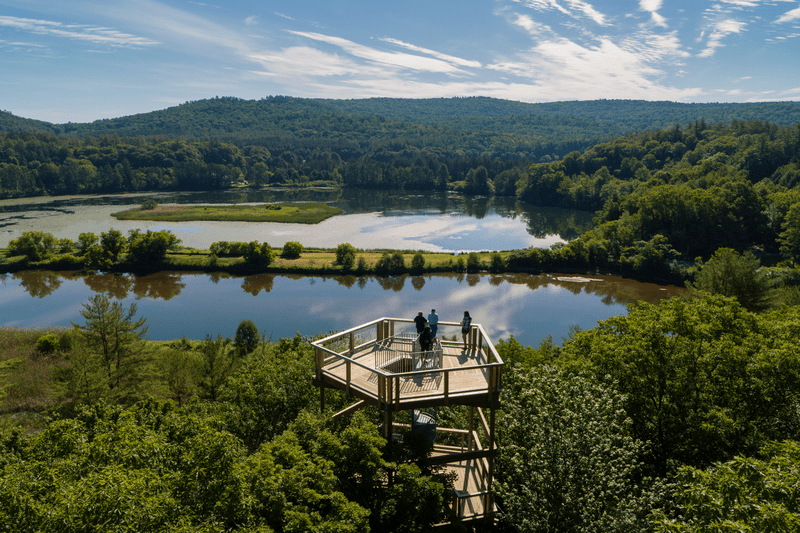

Itinerary Spotlight
72 Hours in the Woodstock-Quechee Region
Located along the eastern section of the Vermont Route 4 Scenic Byway, take in the history of the Woodstock-Quechee region while exploring, shopping, and dining.
